Vape Cartridge Filling Machine OEE: What 800–3,000/hr Means
If you run a vape cartridge filling machine, nameplate speed (800–3,000/hr) is only the starting point. What you actually ship is governed by OEE—Availability × Performance × Quality—and each factor has clear, measurable drivers.
In this guide, we translate a vape cartridge filling machine’s rate to cycle time, show how changeovers (SKU, dose, oil) erode output, outline SMED tactics to compress downtime, and tie everything to a simple cost-per-unit model.
OEE on a Vape Cartridge Filling Machine: Availability × Performance × Quality
Definition for a vape cartridge filling machine
Overall Equipment Effectiveness (OEE) is Availability × Performance × Quality. Availability is the portion of planned time the line is actually running; Performance shows how closely the line tracks its ideal pace; Quality is the share of good units in total output. Taken together, these factors convert a vape cartridge filling machine’s nameplate capacity into real, shippable throughput.
Availability on a vape cartridge filling machine
Availability equals actual run time ÷ planned production time. Any stop—planned or unplanned, brief or extended—reduces this ratio and immediately limits how much the vape cartridge filling machine can produce in an hour.
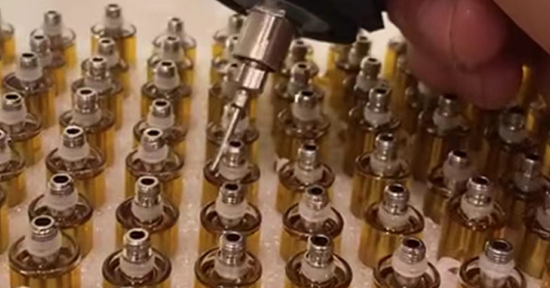
Performance on an automatic vape cartridge filling machine
Performance equals (ideal cycle time × total output) ÷ actual run time. Micro-stops, post-pause ramp-ups, viscosity drift, or overly conservative settings all appear as speed losses versus the machine’s nameplate rate.
Quality on a vape cartridge filling machine
Quality equals good units ÷ total units. Start-up scrap after changeovers, bubbles or meniscus issues, and torque/leak failures lower this factor, pulling OEE down even when the line is otherwise running steadily.
Converting 800–3,000/hr to cycle time on a cbd vape cartridge filling machine
Nameplate rate maps directly to ideal cycle time: 3,000/hr ≈ 1.2 s per cartridge (3,600 ÷ 3,000) and 800/hr ≈ 4.5 s per cartridge (3,600 ÷ 800). These are ceilings; actual cycle times lengthen whenever Availability, Performance, or Quality slip.
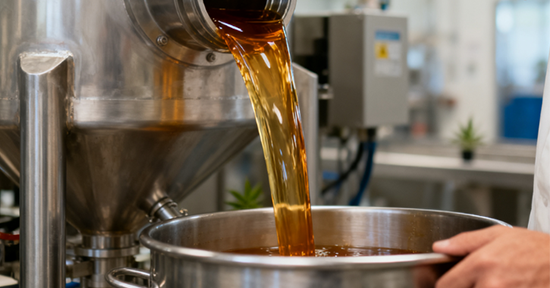
Example on a cbd vape cartridge filling machine
For a line rated at 3,000/hr over an 8-hour shift, if Availability = 0.85, Performance = 0.75, and Quality = 0.98, then OEE ≈ 0.625 (0.85 × 0.75 × 0.98). Effective throughput is therefore ≈1,875 good cartridges per hour (3,000 × 0.625)—the figure that drives labor, materials, and delivery planning.
Key takeaway for a vape cartridge filling machine
Nameplate speed sets the theoretical ceiling, but OEE determines what you actually ship. Every micro-stop, slowdown, or defect hits one of the three factors and trims real output. Breaking OEE down by shift or SKU pinpoints where to recover capacity—minutes lost to stops (Availability), speed gaps (Performance), or start-up scrap (Quality). And because cycle time is the inverse of rate, shaving even a few tenths of a second per shot compounds quickly across thousands of cartridges.
Impact Of Changeovers On A Vape Cartridge Filling Machine: SKU, Fill Volume, Oil Swap
Changeovers hit all three OEE pillars at once on a cbd vape cartridge filling machine. SKU swaps—new cartridges, fixture sets, caps, and revised torque/press targets with updated vision recipes—consume time and force centerline resets. Even a 15-minute changeover every four hours trims Availability by about 6.25%. Beyond the stopwatch loss, the “hidden” frictions add up: searching for jigs, re-zeroing scales, nudging nozzle alignment, or clearing a finicky sensor. These may not register as hard downtime, yet they steadily erode usable run time and disrupt the line’s cadence on the cartridge filling machine.
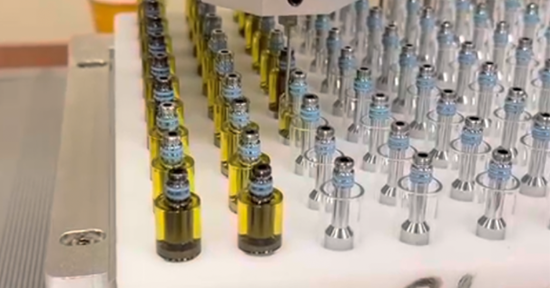
Fill-volume shifts (e.g., 0.5 / 1.0 / 2.0 mL) demand recipe edits, check-weigh window recalibration, and adjusted lift/withdrawal profiles; without standard work, the inevitable trial-and-tune phase drags Performance below nameplate. Oil swaps introduce a different set of delays—circuit cleaning and verification, temperature soak to stabilize viscosity, and de-aeration to purge bubbles. If residuals aren’t tightly controlled, start-up scrap shows up as off-meniscus fills, bubbles, or stringing—direct hits to Quality. The pattern is predictable: the changeover first removes run time (Availability), the post-change ramp slows the line (Performance), and first-article defects pull down yield (Quality)—all of which ultimately determine what a vape cartridge filling machine can ship in the real world.
SMED Tactics To Compress Downtime On A Vape Cartridge Filling Machine
To boost OEE on a cbd vape cartridge filling machine, cut changeover loss by pushing as much work as possible outside the stop window and standardizing what must remain inside it. Prep upstream: pre-heat oil circuits, stage fixtures, and preload recipes so the line arrives at a stop “ready to swap.” Adopt quick-change, modular hardware—color-coded quick disconnects, pre-calibrated needle/flow cartridges, and drawer-style fixtures—so the old routine of “remove–wash–install–adjust” becomes a simple “pull–plug–lock.” Run dual hot-standby tanks, pumps, and nozzles so the next set is already at temperature while the previous set is being cleaned, and use measured flush volumes to shorten verification without rework. These SMED moves reduce the time your cartridge filling machine sits idle and smooth the restart that follows.
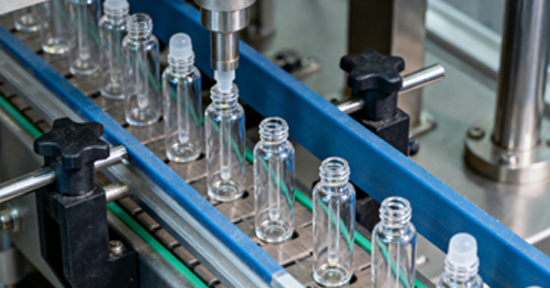
Lock in digital centerlines—dose, lift curves, and temperature zones—with SKU-specific vision/scale thresholds applied automatically on the automatic vape cartridge filling machine. Enforce a tight first-article SOP with minimal limit samples to cap trial time. Choreograph a two-person crew with fixed motions, strong 5S, and shadow boards to eliminate searching and hesitation. A realistic milestone is taking average changeover from ~45 minutes down to 12–15 minutes; the payoff is immediate: higher Availability, a gentler post-change ramp that protects Performance, and fewer first-article defects that lift Quality—all of which raise real-world throughput on the cartridge filling machine.
Vape Cartridge Filler: Cost per Unit (CPU)
On a vape cartridge filling machine, cost per unit (CPU) is built from five components: labor (hourly wages ÷ good units/hour), consumables per unit (tubing/needles, cleaners, nitrogen, labels), utilities allocated per good unit (heating, vacuum, compressed air, exhaust), depreciation allocated per good unit (purchase price spread over service life and runtime), and scrap per unit (defect rate × material/packaging). Good units per hour are calculated as nameplate × OEE; because OEE already embeds the Quality factor, avoid counting yield twice on the cartridge filling machine.
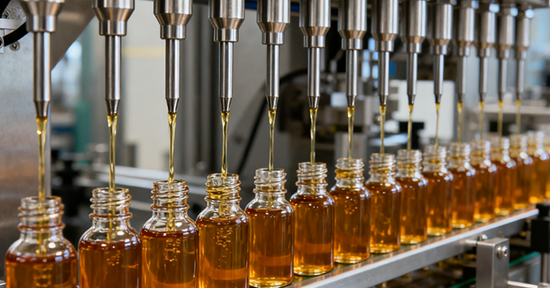
Example. At a 3,000/hr nameplate with OEE = 0.60, the line produces 1,800 good units/hr. With two operators at $22/h each, labor totals $44/h, or ≈$0.024 per unit ($44 ÷ 1,800). Lifting OEE to 0.70 increases good output to 2,100/hr, dropping labor to ≈$0.021 per unit ($44 ÷ 2,100) while simultaneously diluting utilities and depreciation across more sellable units. In short, stronger OEE on a vape cartridge filling machine lowers CPU both by reducing labor per unit and by spreading fixed hourly costs over a larger, good-output base.
Sensitivity Analysis For An Automatic Vape Cartridge Filling Machine
On a automatic vape cartridge filling machine, small shifts in the OEE levers deliver outsized effects. Raising Availability by +5 pp—mainly by trimming changeovers and micro-stops—at a 3,000/hr nameplate moves OEE from 0.60 to 0.65 and lifts good output 1,800 → 1,950 units/hr, which cuts per-unit labor, utilities, and depreciation by ~7.7% as fixed hourly costs are spread over more saleable units. A +5 pp Performance gain—via tighter pre-heat control, better de-aeration, or optimized needle paths—pulls average cycle time toward the ideal; the effect is most pronounced on 800/hr platforms where cycle time, not uptime, is the bottleneck.
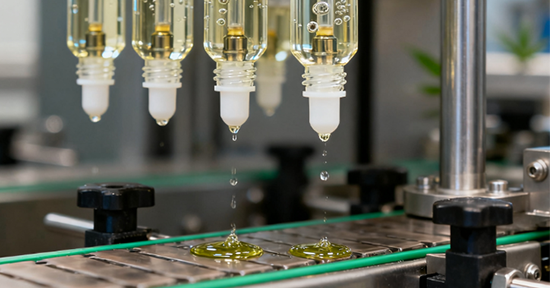
Improving Quality by reducing the defect rate 2 pp both lowers scrap spend and expands the denominator of good units, so CPU improves on two fronts. Compressing changeovers from 45 → 15 minutes every four hours can push Availability >12%; in high-mix, small-batch settings, SMED often outperforms adding heads or chasing a higher nameplate. Remember speed vs. OEE: 3,000/hr at OEE 0.40 = 1,200 good/hr, while 800/hr at OEE 0.80 = 640 good/hr—a fast line without control won’t yield the lowest unit cost. When nitrogen, cleaners, or electricity prices rise, consumables and utilities weigh more; adding +10 pp OEE can absorb much of that pressure and keep CPU stable on the cartridge filling machine.
Conclusion
OEE turns a vape cartridge filling machine’s theoretical capacity into bankable results. Focus first on the biggest, fastest wins: shorten changeovers with SMED, stabilize cycle time with better heat and de-aeration control, and protect yield at start-up.











